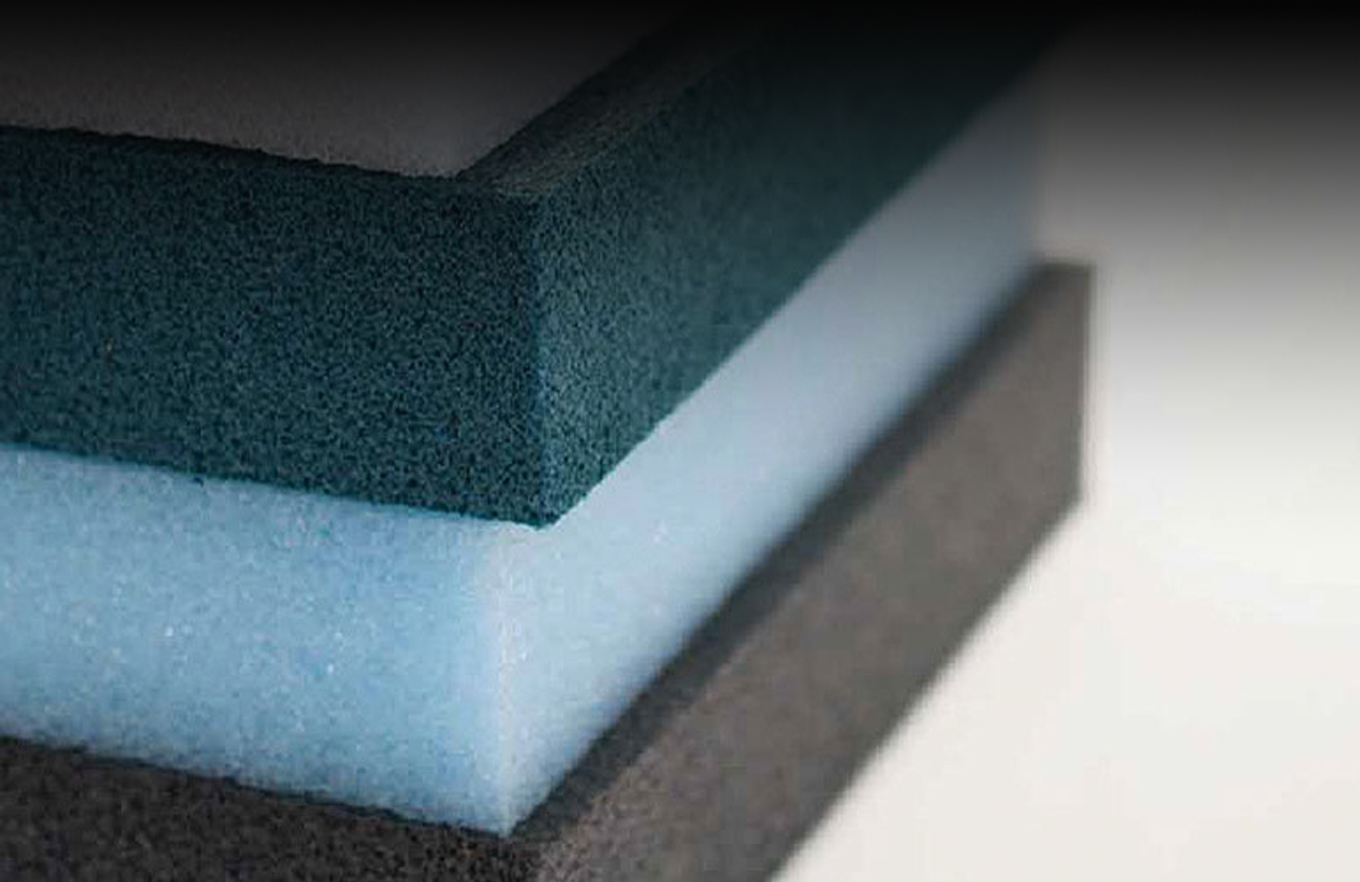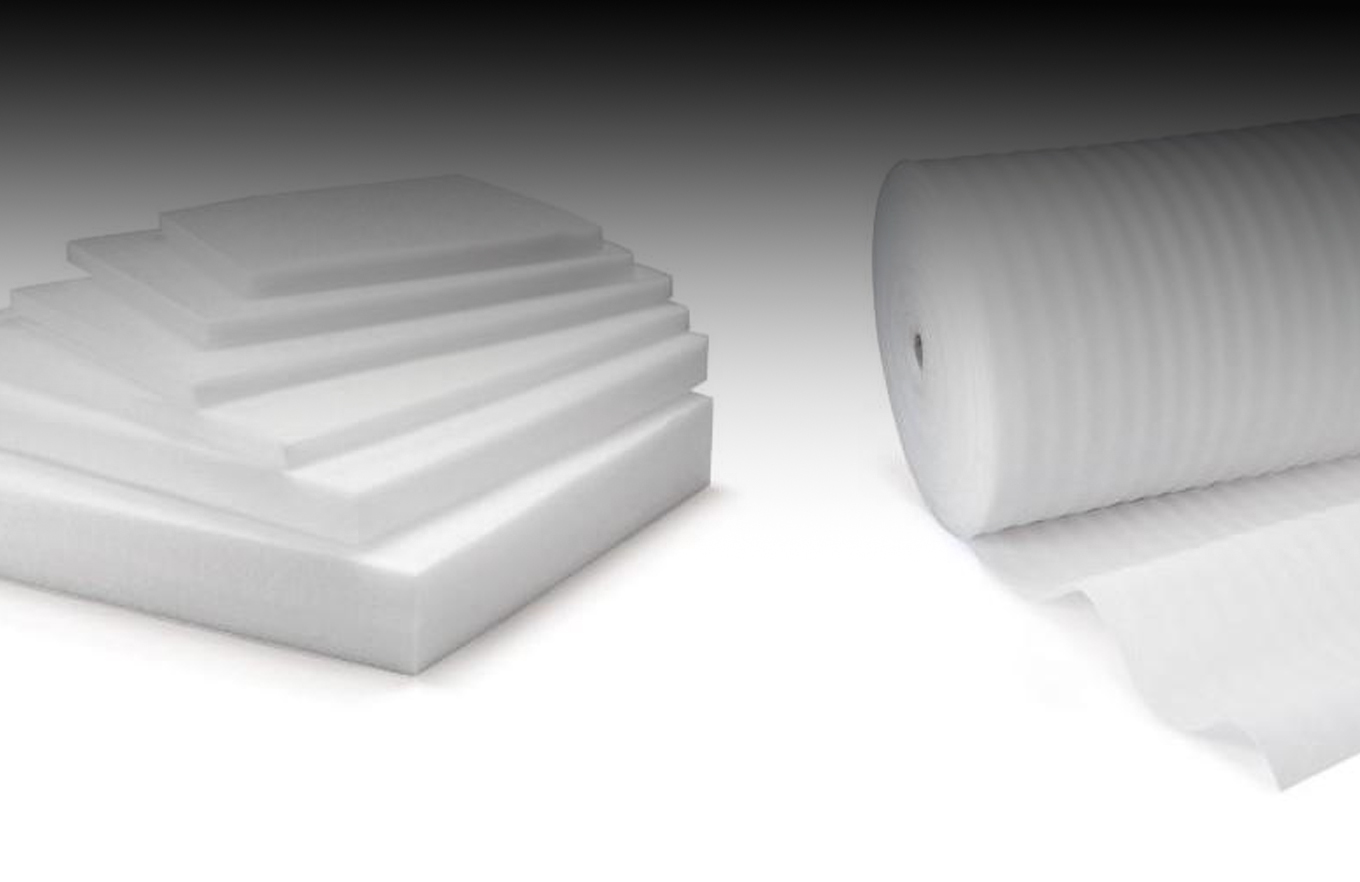
Packaging is a necessity in today’s global economy, ensuring products arrive safely and in perfect condition. But what happens to the material after it’s used? For decades, traditional packaging foam has contributed significantly to waste build-up and environmental damage. Today, recycled packaging foam is changing that narrative. This innovative material is transforming how businesses and consumers approach product protection and sustainability.
In this article, we explore how recycled packaging foam is revolutionizing waste management and environmental consciousness. From logistics to the tech and retail sectors, industries are rethinking foam packaging, and in this article, we explore exactly why this shift is happening now.

Recycled packaging foam is made by reclaiming used foam materials and repurposing them into new, functional forms. Unlike traditional foams that are derived from petroleum-based sources and contribute to landfill overload, recycled foam offers a circular solution that aligns with today’s global push toward greener production.
Companies like Samad Foam are pioneering this transformation by creating high-quality recycled options that retain the durability and cushioning capabilities needed for safe packaging. These products meet modern shipping demands while minimizing waste, making them an ideal solution for forward-thinking companies.
The most obvious advantage of recycled packaging foam is its ability to reduce landfill waste. When foam is reused, it prevents the need for entirely new material production, lessening the environmental burden. This is particularly important for large-scale industries like electronics and e-commerce, where packaging waste accumulates quickly.
Companies like Samad Foam are also investing in recyclable variants that can be repurposed multiple times before degradation. This helps to build a closed-loop system, where packaging doesn’t just protect, it also protects the planet.

Producing virgin foam consumes high energy and emits significant CO₂. Recycled foam drastically cuts these emissions by eliminating the need for new raw material extraction and processing. By adopting recycled packaging foam, businesses are also indirectly contributing to reducing the carbon intensity of their supply chain.
Some recent studies show that companies switching to recycled packaging foam can cut packaging-related emissions by up to 30%. This is especially crucial as more governments introduce carbon reporting frameworks that encourage sustainable practices.
A common myth is that recycled foam is weaker or less reliable than traditional versions. However, advancements in processing technology have changed that. Today’s recycled foam matches, and in many cases exceeds, the durability and impact absorption of its virgin counterparts.
Samad Foam rigorously tests its recycled packaging foam for pressure resistance, tensile strength, and cushioning stability. This means clients don’t have to sacrifice performance for sustainability; they get both.
Recycled foam can be molded, cut, or layered just like any other form of packaging foam. Whether it's cushioning for fragile electronics, padding for home goods, or even inserts for oddly shaped items, recycled variants are adaptable and customizable.
TPE foam, a close relative to many packaging foams, is often cited for its flexible properties. While not always used directly, its influence on recycled foam technology has pushed the boundaries of how these materials can function under stress or in transit.
Online shopping has exploded in recent years, putting a massive strain on packaging systems. Retailers and e-commerce giants are turning to recycled foam not just for protective purposes but also for improving their green credentials.
Major retailers now partner with organizations like Samad Foam for custom foam inserts and shipping solutions that offer the same product protection without contributing to environmental harm. These partnerships show how recycled foam is becoming avital part of brand strategy.
Packaging isn’t just for small boxes or consumer goods. Heavy machinery parts and delicate auto components require specialized foam that can absorb high impacts. Recycled foam offers industrial-grade performance while still ticking the eco-friendly box.
Samad Foam works with automotive suppliers to design custom foam inserts for engine parts, accessories, and other sensitive items. The company’s foam solutions are not only performance-tested but also sourced from recyclable materials that meet international compliance standards.
With rising environmental awareness, consumers are now more likely to support companies that practice sustainability. Packaging foam made from recycled materials sends a clear message: the company cares about more than just profit.
Corporate buyers are also demanding more transparency from their vendors. Being able to show that your packaging foam is recycled and traceable gives businesses a competitive edge in both B2B and B2C landscapes.
The rise of biodegradable options, AI-assisted foam design, and increased governmental pressure means recycled foam is not a short-term trend; it’s the future of packaging. With major players like Samad Foam at the forefront, the industry is poised for a full-scale green transition.
As technology advances and more materials like TPE foam inspire hybrid solutions, we can expect even greater improvements in foam recyclability, strength, and environmental integration.
Contact Samad Foam today to learn how recycled packaging foam can align your business with sustainability goals.
Recycled packaging foam is no longer a niche solution; it’s a necessity for businesses that value sustainability, innovation, and customer trust. From reducing landfill waste to maintaining top-tier product protection, this material is changing how industries think about packaging. With well-reputed names like Samad Foam leading the charge, the shift toward responsible packaging is more accessible than ever. Whether you’re in retail, industrial supply, or e-commerce, adopting recycled foam can deliver long-term benefits for your brand and the planet.
Recycled packaging foam is made from reclaimed materials, reducing environmental waste and offering sustainable protection without compromising performance.
Yes, modern recycled foam offers the same durability and cushioning as traditional foam, making it suitable for a variety of applications, including fragile goods.
Absolutely. Many recycled foam products, especially those by Samad Foam, are designed to be reused multiple times and can also be reprocessed after use.